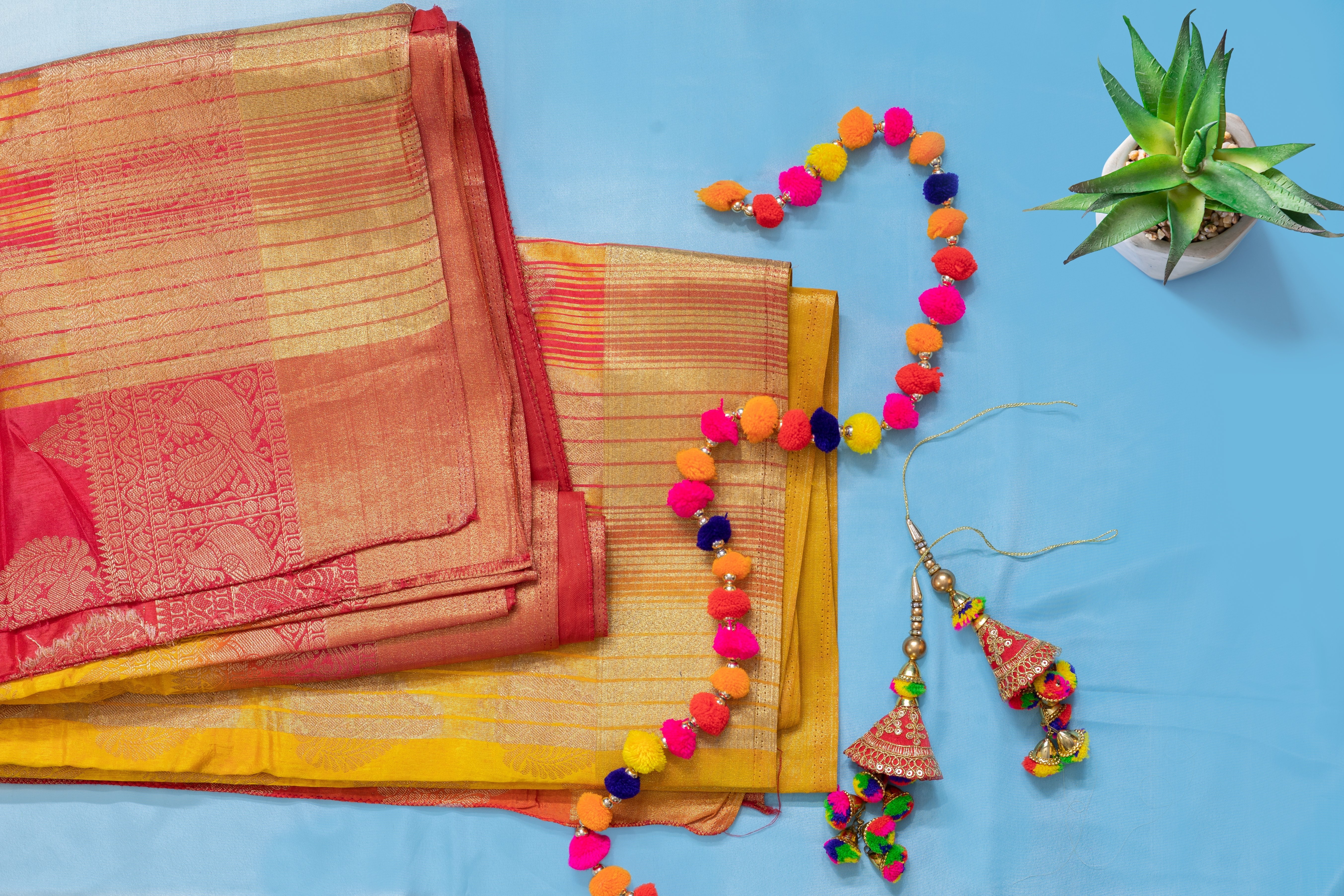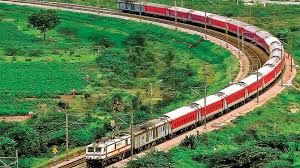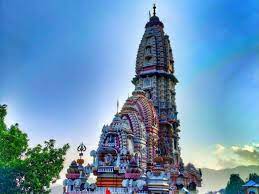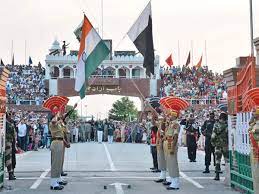DRAPED IN CULTURE

Saree hardly
needs any introduction. It has been worn by Indian women for centuries. A saree is a long and rectangular piece of cloth that can be draped around the body in
many ways and is capable of giving a beautiful look to any woman. It is worn
on special occasions like weddings, festivals, and religious occasions. But in
many places, it is also worn as daily wear. There are many types of sarees in
our country, which have the specialties of different states. If you do not know
anything special about regional sarees and want to know, then this article is
only for you. Indian regional sarees represent the unique culture, tradition, and heritage of different regions.
Every state
in India has its distinct style of saree, which makes this saree unique.
Regional sarees are often made using traditional techniques and materials
specific to the area, making them an important part of India's rich cultural
heritage. The earliest evidence of sarees can be found in the Indus Valley
Civilization, which existed from approximately 3300 BCE to 1300 BCE. It is
believed that women of that time used to wear draped clothes, which were similar
to the modern saree. With time, the saree also changed. During the Mughal era,
which lasted from the 16th to the 19th century, sarees became more beautiful
and decorated with embroidery, sequins, and other embellishments. Mughal
influence can still be seen in some popular sarees like Banarasi and Chikankari
sarees.
DIFFERENT TYPES OF REGIONAL SAREES
1.
BANARASI SAREES
Banarasi
sarees are mainly made in the city of Varanasi, also known as Banaras, in Uttar
Pradesh. Banarasi sarees are known for their intricate brocade work, zari
borders, and rich silk fabric, all of which give them a luxurious and elegant
appeal. The art of making Banarasi sarees dates back to the Mughal period when
weavers from Persia were brought to India to create textiles for the Royal
Court. With time, these weavers settled in Banaras and started weaving silk and
brocade fabrics that were used to make Banarasi sarees.
2.
KANJEEVARAM SAREES
Kanjeevaram
saree, also known as Kanchipuram saree, is a silk saree made in the city of
Kanchipuram in Tamil Nadu, South India. There are several steps involved in the
making of Kanjeevaram sarees. The silk used to make Kanjeevaram sarees comes
from Karnataka and is of high quality. It is then woven by hand on a loom, with
each saree taking three to four weeks to complete. Both the Banarasi saree and
Kanjeevaram saree are a masterpiece of Indian craftsmanship with their unique
weaving techniques, intricate designs, and use of pure zari.
3.
PAITHANI SAREES
Paithani
saree is also a silk saree, which is made in Paithan city of Maharashtra.
Paithani sarees are characterized by their intricate borders and pallu, which
feature designs such as peacocks, flowers, and vines. Paithani sarees are also
known for their use of contrasting colors, with the border and pallu often
being a different color from the rest of the saree. One of the most
distinguishing features of Paithani sarees is the 'Kadiyal' weaving technique,
which involves interlocking the warp and weft threads to create a strong and
durable fabric.
4.
CHANDERI SAREES
Chanderi
sarees are a type of lightweight cotton or silk sarees, which are made in
Chanderi town of Madhya Pradesh. These sarees are known for their sheer
texture, subtle designs and intricate weave patterns. Chanderi sarees are made
from a combination of silk and cotton threads, which gives them a soft feel.
The silk used in Chanderi sarees is of high quality and has a natural shine
while the cotton adds durability to the fabric. One of the most striking
features of Chanderi sarees is their use of 'buta' or 'booti' designs, which
consist of small, scattered motifs woven into the fabric.
5.
BANDHANI SAREE
Bandhani
saree, also known as Bandhej saree, is a type of tie-and-dye saree made in
Gujarat and Rajasthan. There are several steps involved in the making of a
Bandhani saree. The process involves first preparing the fabric, which is
usually made of cotton or silk. The fabric is then tied into small knots using
threads, which create a pattern and prevent the dye from penetrating certain
parts of the fabric. One of the most distinctive features of Bandhani sarees is
the use of 'lehariya' or diagonal patterns, which create a zig-zag effect on
the fabric.
You may like post

HIDDEN INDIAN SITES WORTHY OF UNESCO
Exploring India’s Sites That Should Be on the UNESCO World Heritage List

EMBARK ON A DIVINE JOURNEY TO ICONIC RAM TEMPLES THIS RAM NAVAMI
Exploring the Pilgrimage to Renowned Ram Temples in India During Ram Navami








